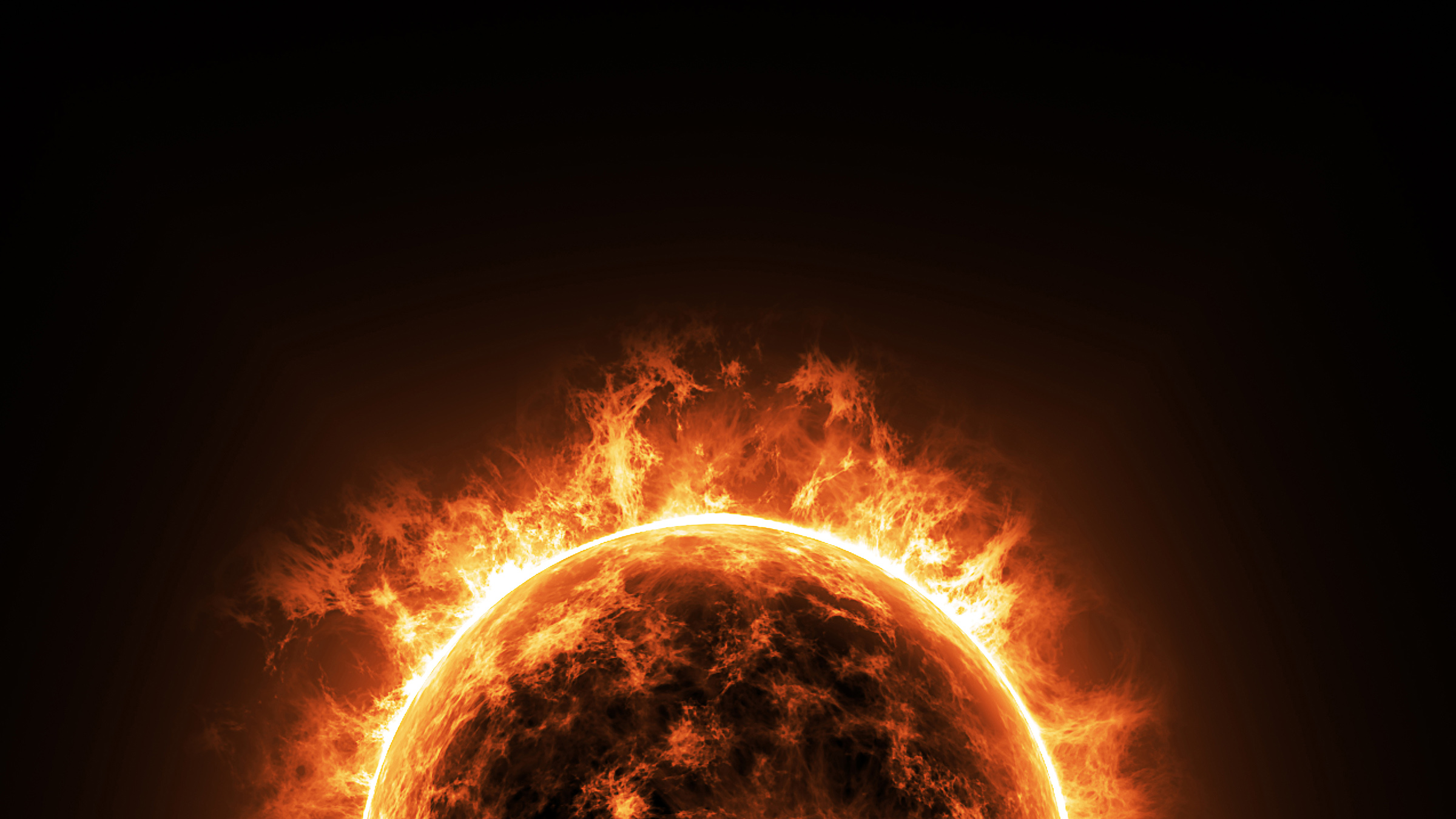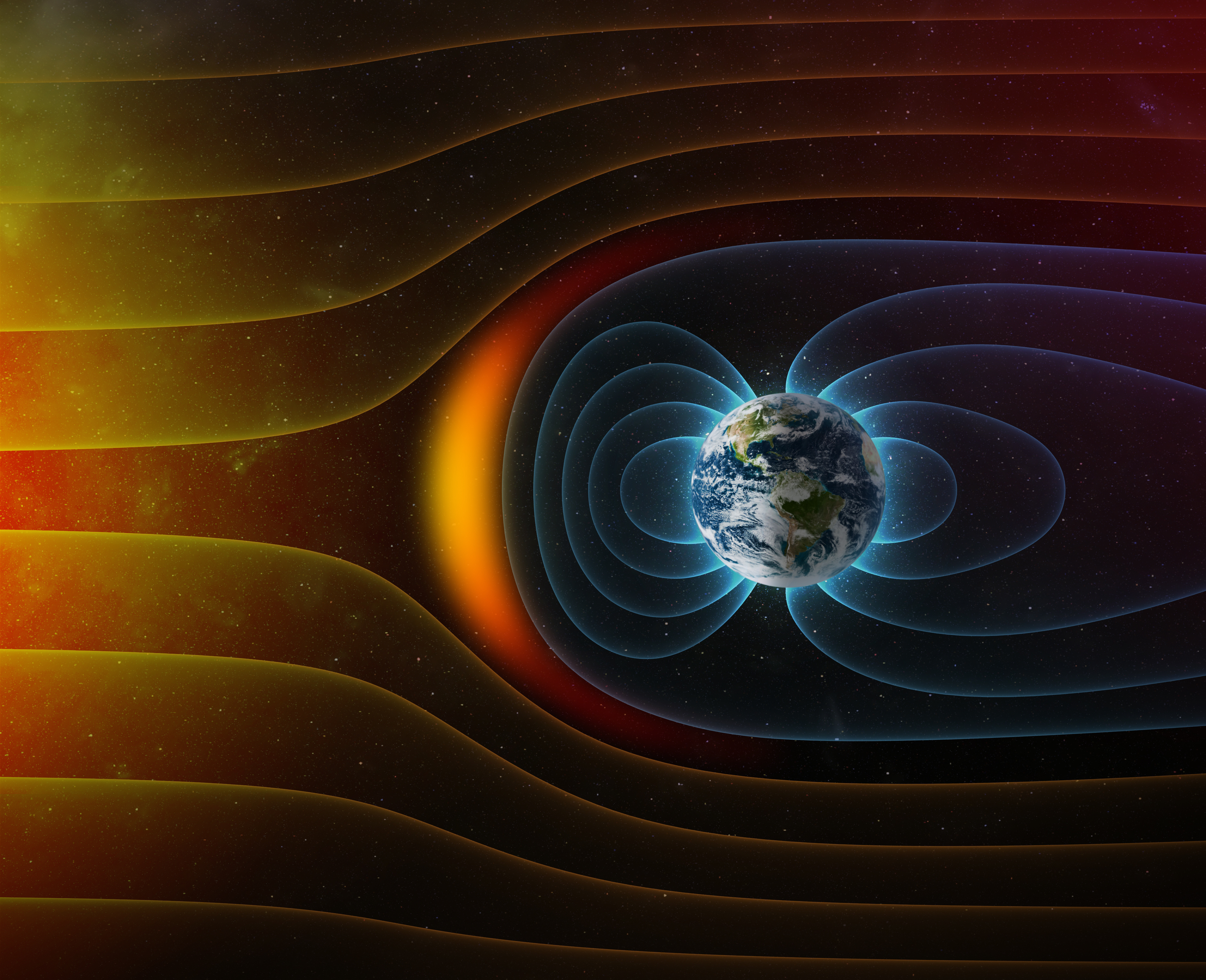For the past few weeks, astronomers have been watching Sunspot AR3038. The sunspot was facing Earth and astronomers expected it to die off. However, it instead grew to three times its size. As a result of that growth, the sunspot has created a coronal mass ejection (CME). Unfortunately, astronomers aren’t sure whether this solar eruption is heading to Earth or somewhere else.
A huge solar eruption may be heading to Earth

The European Space Agency (ESA) spotted the CME on Sunday, June 26 using its Computer Aided CME Tracking (CACTus) system. The tool works autonomously using an algorithm that searches data from the Large Angle and Spectrometric Coronagraph Experiment (LASCO). From there, astronomers can confirm the data picked up by CACTus using other tools, like NASA’s Solar Dynamics Observatory (SDO).
This provided us with proper images of the sunspot that erupted over the weekend. Unfortunately, though, a power shutdown at Stanford University, where the SDO’s instruments store their data, has made it impossible for astronomers to verify whether the solar eruption is heading towards Earth or not.
What we do know is that the sunspot was pointed at Earth at one point. However, because we cannot look at the data from the SDO, it’s impossible to say whether it had moved or not before the solar eruption took place. If it didn’t, then that means all of the energy that the CME ejected could be heading towards Earth.
Should we be worried?

The short answer here is maybe. It really all depends on whether or not the solar eruption is heading towards Earth or somewhere else. Unlike solar flares, which are weaker outbursts of energy, CMEs are massive and can lead to geomagnetic storms. That’s because the energy and material from the CME collide with our planet’s own magnetic field.
As a result, if the eruption is hurtling towards us, it could cause massive outages. A powerful geomagnetic storm caused by a CME has the potential to knock out entire power grids. It can also interfere with important radio communications for days and can cause issues with navigational systems. Luckily, super-powerful storms like that are rare (via Newsweek).
With the SDO offline, it’s hard to say whether the solar eruption is heading towards Earth. But scientists are looking at other instruments to see if they can garner any clues as to which direction it is heading. If it was pointed towards Earth at the time of the eruption, astronomers expect the CME to hit sometime on June 29.








